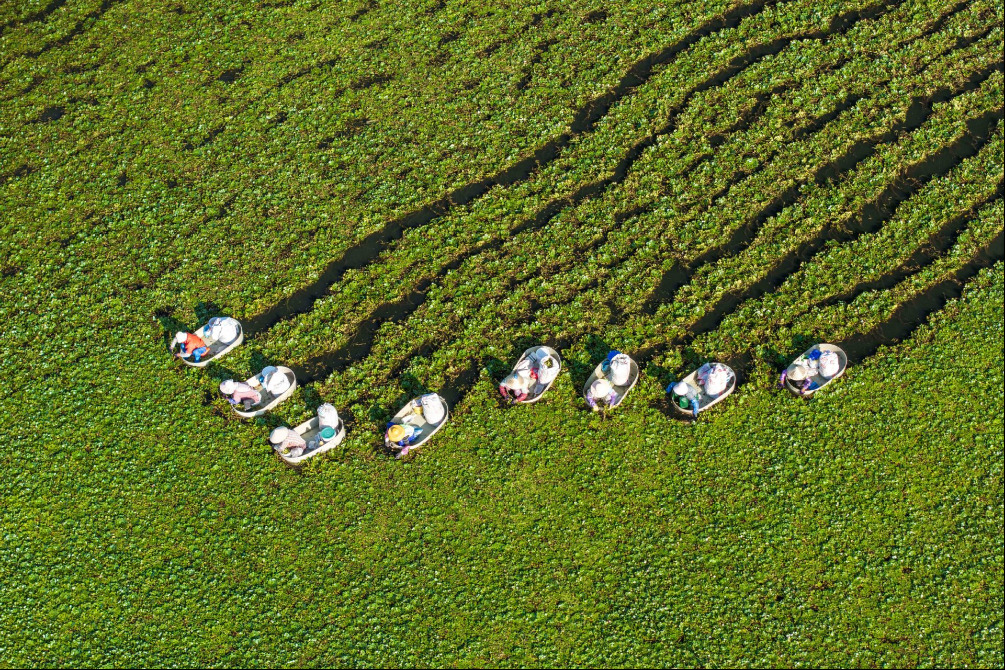Scientists find snail in dinosaur-era amber

BEIJING - An international team of paleontologists announced Friday in Beijing their discovery of a fossilized snail in a piece of amber dating back around 100 million years.
While most of snail fossils retain only the shell, the new discovery is the oldest example of soft tissues, such as the tentacles, of snail preserved in amber, according to Xing Lida, an assistant professor at the China University of Geoscience and leader of the team.
The snail in amber was found at Hukawng Valley in northern Myanmar, an area rich in amber fossil discoveries. Amber can contain different kinds of soft tissues, providing valuable palaeontological information.
"The pair of tentacles and the eyes of the snail have been preserved intact in the amber," said Xing.
The research was jointly conducted by scientists from China, Britain, Australia, and Canada. The findings have been published online on the latest issue of the journal Cretaceous Research.
- Autumn sunset paints Inner Mongolia's grasslands gold
- Sanya forum focuses on tourism security cooperation
- Ninety-four students hospitalized with gastrointestinal discomfort in Guangdong
- Baoding Natural History Museum draws crowds
- China tests moon-mission rocket
- Remains of 30 CPV martyrs return home after 75 years




































